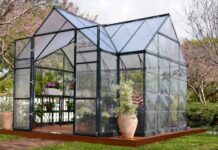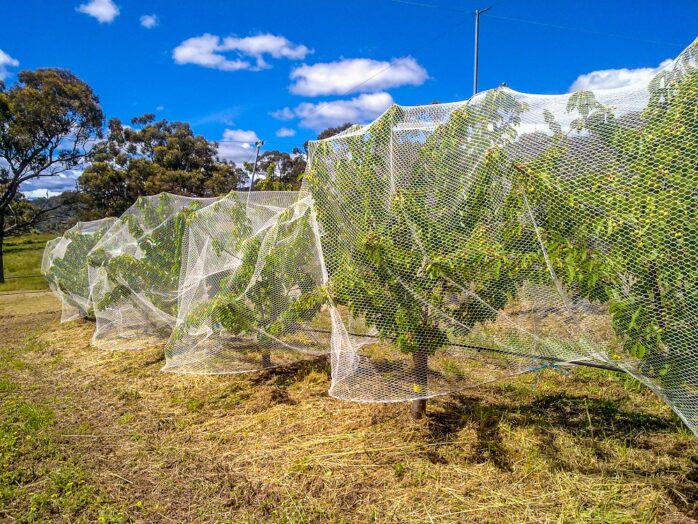
Fruit tree growers face a variety of weather events during different seasons. A hail storm is a common weather condition that can cause massive destruction to your fruit trees and other crops in summer. This unpredictable event can directly damage the surface of fruits, resulting in their loss and reduced overall yield.
Protecting your fruit trees from such destructive weather events is essential. Adopting planned strategies can help protect your fruit trees from tiny ice pellets of hail. This article will discuss the most effective fruit tree protective strategies against hail. It will help protect your fruit trees and ensure fruitful yield.
5 Protective Strategies Against Hail
You can protect your fruit trees by implementing various protective strategies. The most common strategies are explained below.
1. Use Hail Netting
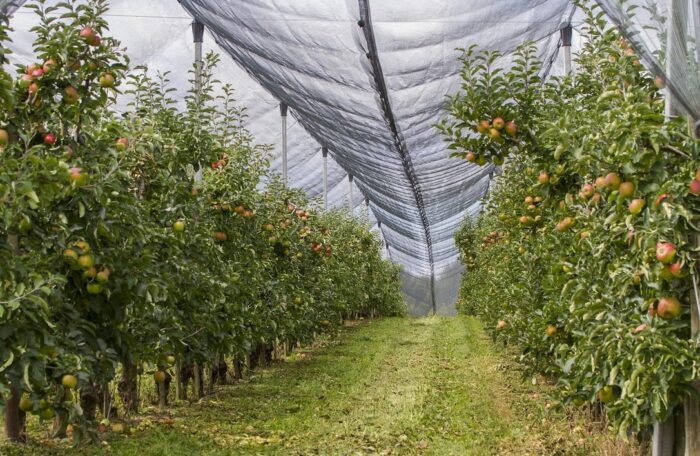
Using hail nets is among the most effective fruit tree protective techniques against hail storms. The hail nets are carefully placed over the fruit trees, providing them with admirable protection from hail. They act as barriers between hail and fruit trees but allow the free movement of air and sunlight for proper plant growth.
They are used similarly to greenhouses but are considered a more cost-effective option to protect crops and fruits from hail damage. Like a greenhouse, the material typically used to make hail nets often offers high resistance against UV light. Hail netting material may include knitted high-density polyethylene or woven polyethylene. It makes these nets lightweight and durable, making them the perfect choice against hail protection.
2. Commercial Greenhouse
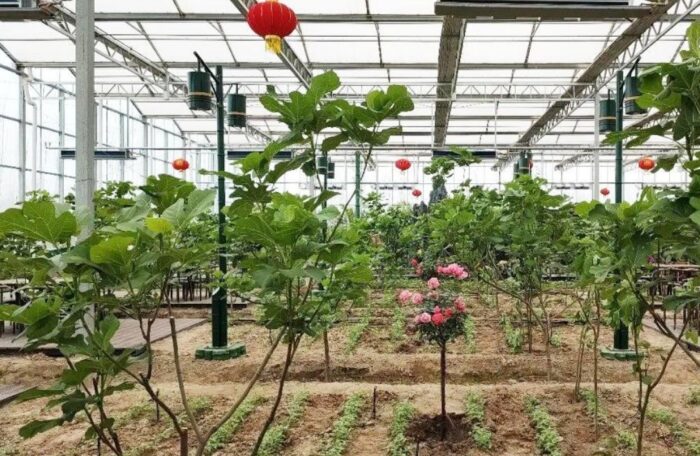
Commercial greenhouses use specialized greenhouse frames, covers, or other accessories that protect fruit trees from extreme external weather conditions and maintain an internal stable temperature for growing plants.
However, commercial greenhouses are considerably more expensive, costing around $15 to $35 per square foot. As a result, they may not be suitable for ordinary farmers. Instead, they are better suited for large-scale fruit growers aiming to cultivate high-quality produce over a significant area.
3. Plant-Appropriate Windbreak
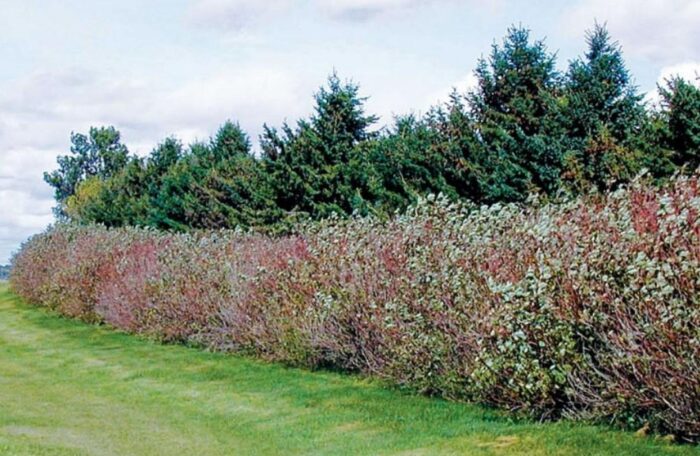
Planting appropriate windbreaks can help you to protect your fruit trees from hail-related destruction. Windbreak is a large number of wind-bearing shrubs, trees, or vegetation. They are planted side by side in rows to protect fruit trees from strong winds and weather damage, especially hail and snow.
While planting windbreaks, you must remember that they must have trees with strong wind-bearing capacity and faster growth, such as evergreens and conifers. Whenever hail falls with the strong wind in your garden having fruit trees, the windbreak acts as a barrier and slows down the speed of the wind.
As the wind speed reduces, its intensity automatically decreases, which may deflect the hail and prevent it from falling on fruit trees. Consequently, fruit trees remain safe against hail. It protects from hail, snow, and strong wind and prevents soil erosion. Thus, fruit trees grow fastly in a healthy environment.
4. Cover Small-size or Potted Fruit plant with a Strong Cardboard Box
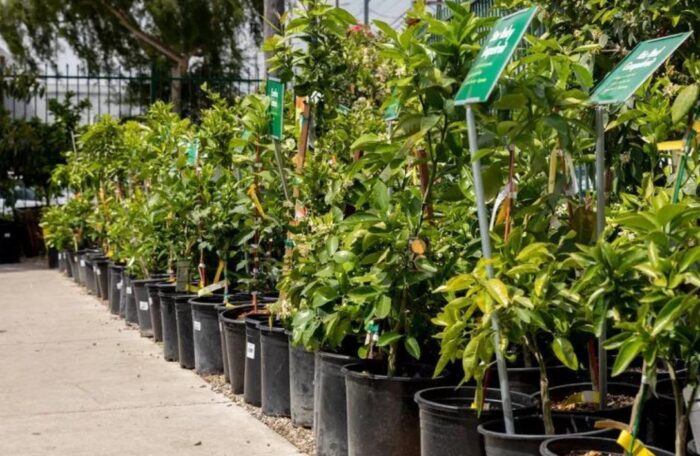
Covering your small-size or potted fruit plants with cardboard boxes is a great option to protect them from hailstorm damage. All you need is to take cardboard boxes of appropriate size that must entirely cover your fruit plants. Without rupturing or damage, they must be sturdy enough to withstand extreme weather conditions, including rainstorms, hailstorms, snow, etc.
In the occurrence of a hailstorm, the hail will fall on these cardboard boxes. The internal fruit plant will remain safe. Remember to remove the cardboard boxes when the hailstorm ends. It will allow the fruit trees to receive the required air and sunlight. It is known as a cost-effective technique that doesn’t require specialized equipment and tools for fruit plants’ protection against hailstorms.
5. Plant Fruit Trees at Gaps
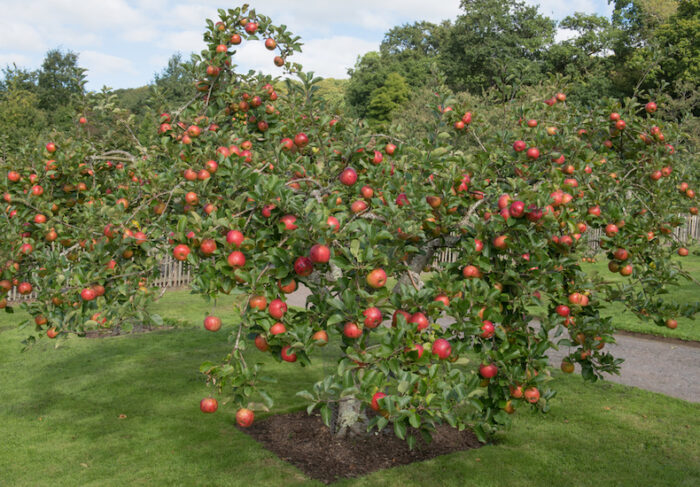
Planting fruit trees at gaps can help in protecting them from hail storms, especially when a hailstorm is localized to a specific area. Allow your plants to grow far from each other in your large garden. When the hailstorm occurs, some hail will fall on the tree while others will fall on the ground keeping the remaining fruit trees safe from hail.
This strategy is useful when you have yet to adopt any anti-hail strategy to protect your fruit trees and the hail falls on a limited area. It may only lead to small hail damage that you may recover after a hailstorm passes. The rest of the fruit trees remain unaffected by hail damage, preventing fruit loss.
Additional Suggestions for Hail Protection
Apart from taking preventive measures to protect fruit trees from hail damage, you must also take steps to prevent you from loss due to hailstorm damage. You can do this through the following ways.
1. Advocate for the Purchase of Commercial Agricultural Insurance
Commercial agricultural insurance is an insurance that helps agricultural people and farmers to prevent financial losses due to poor yield. Poor yield can be bad weather, disease outbreaks, or other destructive conditions.
You must gain complete knowledge about this insurance and adopt it to prevent massive loss if your crops or plants get damaged for unexpected reasons.
You must also raise awareness in other farmers to have this insurance coverage according to their requirement to protect from hail damage loss. You can do this through direct contact, newspapers, or social media platforms. Purchasing this insurance policy can help you and other farmers from massive loss due to hail or any other destruction.
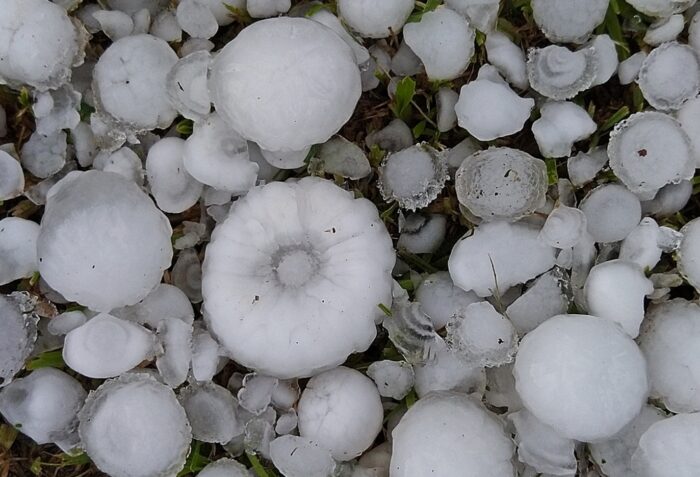
2. Stress the Importance of Keeping an Eye on the Weather Forecast
Stressing to keep an eye on the weather forecast can help you take timely precautionary steps to protect your fruit trees from hail damage. You must regularly check the weather forecast to remain aware of the ongoing weather conditions. For this purpose, you can install different weather websites on your phones to keep informing you about the weather.
If a hail storm is expected, you will get informed even before a few days. Thus, you will get enough time to protect your agricultural assets with proper hail-protecting equipment. Consequently, your fruit trees and other crops remain protected from hazardous hailstorms.
Conclusion
Hailstorms can cause severe damage to the leaves, branches, and fruit of the trees. It can lead to cracked fruits and striped leaves and irreversible agricultural loss. Therefore, it is compulsory to protect plants and fruit trees from hazardous weather conditions such as hailstorms by implementing beneficial strategies.
You must protect our fruit plants by either covering them with hail netting or planting appropriate windbreaks. Covering your small-size fruit plants with cardboard boxes and planting fruit plants in gaps can also prove useful in preventing hail storm devastation.
Additionally, you must advocate purchasing commercial agricultural insurance to cover the agricultural loss due to sudden crop-damaging reasons. Keep an eye on the weather forecast for immediate preparation before a hailstorm comes. These strategies will protect your fruit trees from hailstorm damage, resulting in productive crops.

